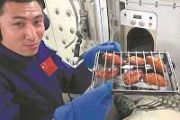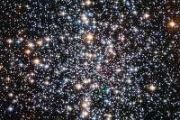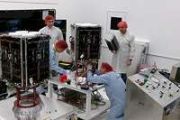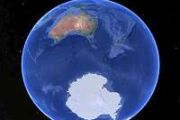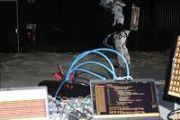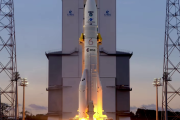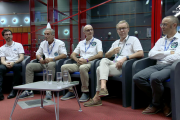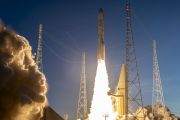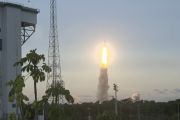
Copernical Team
Asteroid sample brought back to Earth gets close-up look
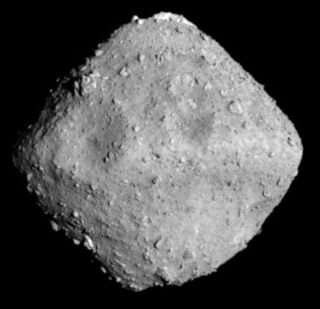
In December 2020, Japan's Hayabusa2 spacecraft swung by Earth to drop off a cache of rock samples taken from a near-Earth asteroid called Ryugu. Asteroids like Ryugu are thought to represent the ancient building blocks of the solar system, and scientists have been eager to get a closer look at the returned samples.
Last week, the Japanese Aerospace Exploration Agency shipped one of the samples—a millimeter-sized fragment from the asteroid's surface—to the laboratory of Brown University planetary scientist Ralph Milliken for analysis. Milliken's lab is one of the first in the U.S. to examine a Ryugu sample so far.
Milliken and Takahiro Hiroi, a senior research scientist at Brown, are members of the Hayabusa2 mission's science team.
Hughes conducts multi-orbit demonstration for resilient, secure UAV connectivity
 Hughes Network Systems, LLC (HUGHES) and SES has announced the successful first demonstration of a new multi-orbit satellite communications capability for remotely piloted aircraft. Conducted for General Atomics Aeronautical Systems, Inc. (GA-ASI), the demonstration paired Hughes HM series software-defined modems and Resource Management System (RMS) with SES's satellites that operate in geosynch
Hughes Network Systems, LLC (HUGHES) and SES has announced the successful first demonstration of a new multi-orbit satellite communications capability for remotely piloted aircraft. Conducted for General Atomics Aeronautical Systems, Inc. (GA-ASI), the demonstration paired Hughes HM series software-defined modems and Resource Management System (RMS) with SES's satellites that operate in geosynch X-59 nose makes an appearance
 The X-59 Quiet SuperSonic Technology (QueSST) aircraft is taking shape at the Lockheed Martin Skunk Works facility in Palmdale, California. The team positioned the X-59 QueSST's nose at the front of the aircraft.
As one of the more recognizable features of the X-59, the nose makes up almost a third of the aircraft length and will be essential in shaping shock waves during supersonic flight
The X-59 Quiet SuperSonic Technology (QueSST) aircraft is taking shape at the Lockheed Martin Skunk Works facility in Palmdale, California. The team positioned the X-59 QueSST's nose at the front of the aircraft.
As one of the more recognizable features of the X-59, the nose makes up almost a third of the aircraft length and will be essential in shaping shock waves during supersonic flight NASA to launch climate change-tracking Landsat 9 satellite
 NASA plans to launch one of its most high-tech Earth observation satellites to date Monday from California to help track climate events that range from California wildfires to deforestation of the Amazon.
A United Launch Alliance Atlas V rocket is scheduled to carry the 5,900-pound spacecraft into orbit from Vandenberg Space Force Base at 2:11 p.m. EDT.
Landsat 9 is the ninth in
NASA plans to launch one of its most high-tech Earth observation satellites to date Monday from California to help track climate events that range from California wildfires to deforestation of the Amazon.
A United Launch Alliance Atlas V rocket is scheduled to carry the 5,900-pound spacecraft into orbit from Vandenberg Space Force Base at 2:11 p.m. EDT.
Landsat 9 is the ninth in Space Health Institute Releases Postdoctoral Fellowship Solicitation
 The Translational Research Institute for Space Health (TRISH) at Baylor College of Medicine, with consortium partners California Institute of Technology (Caltech) and Massachusetts Institute of Technology (MIT), are seeking exceptional proposals from postdoctoral fellows ready to help solve the challenges of space exploration.
TRISH's postdoctoral fellowship program supports early-career s
The Translational Research Institute for Space Health (TRISH) at Baylor College of Medicine, with consortium partners California Institute of Technology (Caltech) and Massachusetts Institute of Technology (MIT), are seeking exceptional proposals from postdoctoral fellows ready to help solve the challenges of space exploration.
TRISH's postdoctoral fellowship program supports early-career s Satellite maker Terran Orbital plans major plant in Florida
 Small-satellite maker Terran Orbital plans to build a large manufacturing plant with more than 2,000 employees near Kennedy Space Center's former space shuttle landing strip, the company and Florida officials announced Monday.
The Irvine, Calif.-based company would manufacture fleets of so-called CubeSats, or spacecraft the size of a shoebox, at the 660,000-square-foot plant, Marc Bell,
Small-satellite maker Terran Orbital plans to build a large manufacturing plant with more than 2,000 employees near Kennedy Space Center's former space shuttle landing strip, the company and Florida officials announced Monday.
The Irvine, Calif.-based company would manufacture fleets of so-called CubeSats, or spacecraft the size of a shoebox, at the 660,000-square-foot plant, Marc Bell, Microgravity on demand with Earth return through ESA's Boost
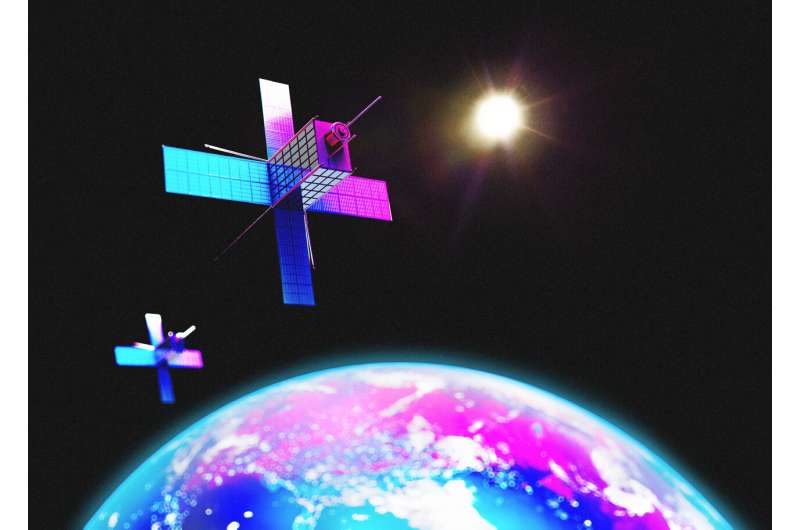
Video: NASA's Artemis astronaut Victor Glover
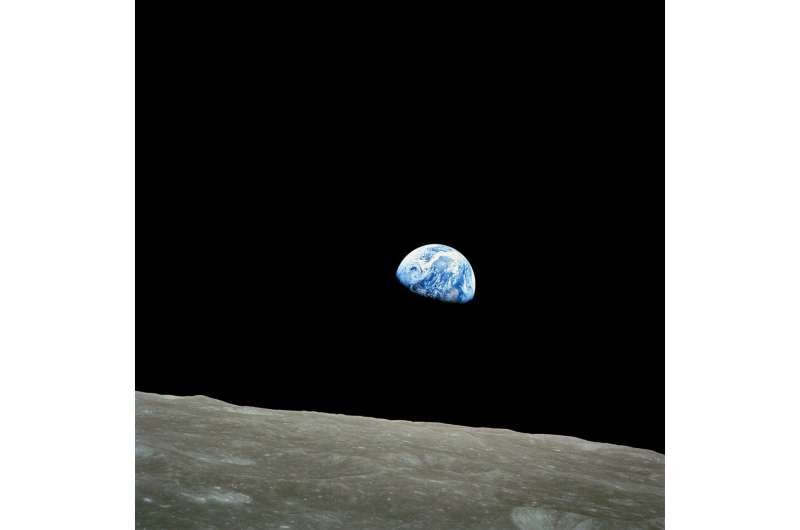
As we look forward to the Artemis program to the Moon and even one-day crewed missions to Mars, accessing resources like water will be crucial for humans to survive on other worlds. We sat down with Victor Glover, NASA Crew-1 astronaut, to talk about NASA's Artemis program, what it would be like to be on the Moon one day, and how technology from the Moon to Mars Ice & Prospecting Challenge could help astronauts extract ice and water resources from the lunar surface.
Portions of this interview appeared in NASA Science Live: NASA's Moon to Mars Ice & Prospecting Challenge, a one-hour live broadcast that showcased student teams and their unique technology and engineering demonstrations that could be capable of digging through a simulated Martian or lunar surface to access and extract water ice below.
Explore further
NASA wants to harvest water on moon and Mars, and students think they can help
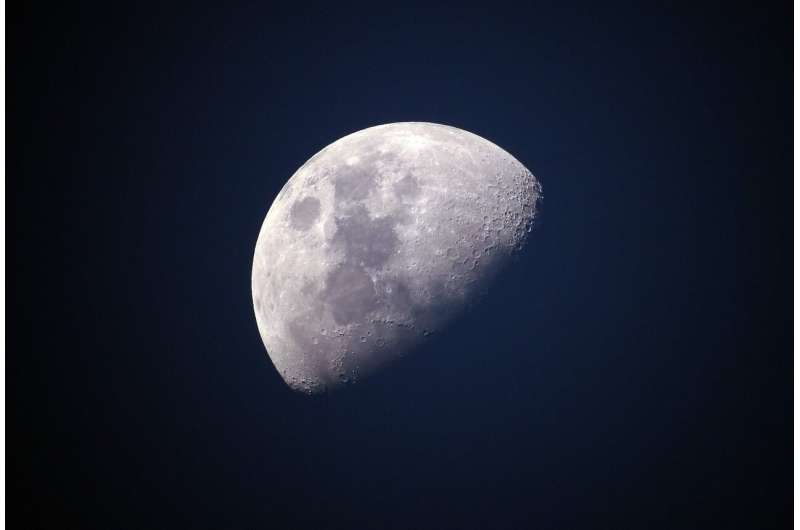
Deep beneath Mars' red clay surface lie ancient oceans now frozen into ice sheets. Earth's moon has hidden water deposits, too—pockets embedded deep inside its rocks.
It's the kind of liquid treasure scientists at NASA hope to one day mine using specialized drilling tools on the moon or Mars.
As NASA looks for new technology to use in space, the agency is mining a different treasure to help develop those tools: the ingenuity of student engineers.
To that end, 10 student teams from universities around the country—including a team from Virginia Tech—gathered Friday at the Hampton Road Convention Center to share prototypes of remote-controlled drilling machines, during the "Moon to Mars Ice and Prospecting Challenge." The event was a three-day competition that began Thursday and ended Saturday.
The students' prototypes attempted to extract and harvest the most water from ice buried within simulated lunar and Martian landscapes—dirt, clay, sand—packed inside giant blue tubs. It's a technology NASA needs. Rather than sending tons of water into space with the astronauts, it's easier and saves millions to extract the water there.
"The most interesting thing about this is it has to be completely hands off.
Blue Origin unveils next flight, TMZ says Captain Kirk to be aboard

Blue Origin, the space company owned by Amazon's Jeff Bezos, announced plans on Monday for its next flight and the news and entertainment website TMZ said it may include a celebrity astronaut—William Shatner, who played Captain Kirk on "Star Trek."
TMZ reported that the 90-year-old Shatner would be on the October 12 voyage, making him the oldest person ever to go to space.
Blue Origin revealed the names of two members of the four-person crew but did not confirm that Shatner would be on the flight.
It said Chris Boshuizen, a former NASA engineer and co-founder of Planet Labs, and Glen de Vries, a co-founder of clinical research platform Medidata Solutions, would be on the rocket and the names of the two other astronauts will be revealed "in the coming days.











